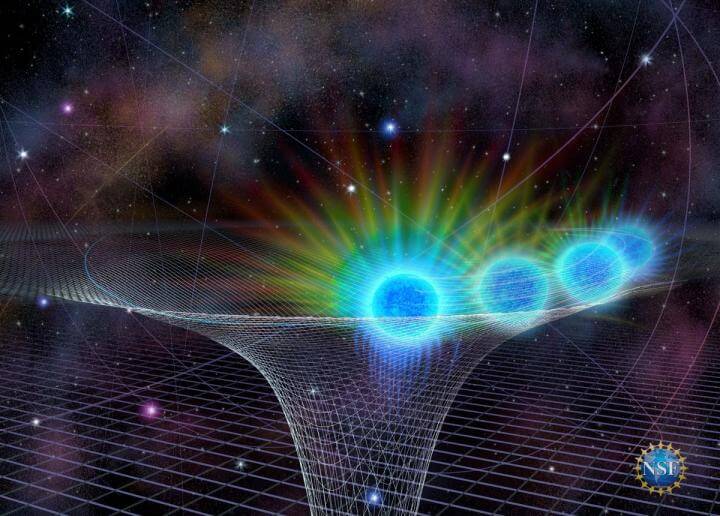LOS ANGELES — Astronomers have been keeping an eye on Sagittarius A*, a massive black hole at the center of our galaxy, for decades. Recently, though, the black hole appears to have begun consuming much more interstellar gas and dust than usual, and researchers are at a loss as to why Sgr A* is suddenly on a feeding frenzy.
“We have never seen anything like this in the 24 years we have studied the supermassive black hole,” comments UCLA professor of physics and astronomy Andrea Ghez, a co-senior author of the research, in a release. “It’s usually a pretty quiet, wimpy black hole on a diet. We don’t know what is driving this big feast.”
Astronomers from UCLA analyzed over 13,000 observations of the black hole taken during 133 nights since 2003. These observations were recorded from various locations on earth, including Hawaii and Chile.
During the course of their analysis, they noticed that on May 13th of this year the black hole’s “point of no return” was twice as bright as the next-brightest observation. Similarly large changes in the black hole’s appearance were also observed on two other nights this year during the months of April and May, with astronomers calling these developments “unprecedented.”
According to the research team, this brightness is caused by radiation produced when the black hole consumes gas and dust in the galaxy. The brighter the glow, the more the black hole is “eating.”
At this point, researchers aren’t sure what to make of these observations. They may be isolated, random incidents, or they could be a sign that the black hole is growing and entering a new phase.
“The big question is whether the black hole is entering a new phase — for example if the spigot has been turned up and the rate of gas falling down the black hole ‘drain’ has increased for an extended period — or whether we have just seen the fireworks from a few unusual blobs of gas falling in,” says Mark Morris, UCLA professor of physics and astronomy and one of the paper’s co-senior authors.
The team at UCLA are hopeful that future observations will reveal what is going on with Sgr A*. Despite all of the technological advancements man has attained in reference to exploring and understanding deep space, there is still so much we don’t know, and Sgr A*’s behavior in the coming months and years may be able to provide some answers.
“We want to know how black holes grow and affect the evolution of galaxies and the universe,” says Ghez. “We want to know why the supermassive hole gets brighter and how it gets brighter.”
Sgr A*’s brightness is known to fluctuate on a day-to-day basis, but researchers say they were stunned by what they observed on May 13th.
“The first image I saw that night, the black hole was so bright I initially mistook it for the star S0-2, because I had never seen Sagittarius A* that bright,” recounts UCLA research scientist and the study’s lead author Tuan Do. “But it quickly became clear the source had to be the black hole, which was really exciting.”
There are a number of theories as to why the black hole is increasing its activity. One theory involves the aforementioned S0-2, a star that came incredibly close to the black hole in 2018, researchers hypothesize that a larger quantity of gas released by that star may have just reached the black hole this year. Another theory involves a presumed pair of binary stars, while a third speculates that nearby large asteroids are starting to get pulled into the black hole.
Whatever the reason, researchers stress that Sgr A* poses absolutely no threat to the earth, even if its increased activity is here to stay. It is 26,000 light-years away from our planet and would have to emit radiation levels 10 times as bright as what was observed on May 13th to in any way affect life on earth.
The study is published in Astrophysical Journal Letters.
